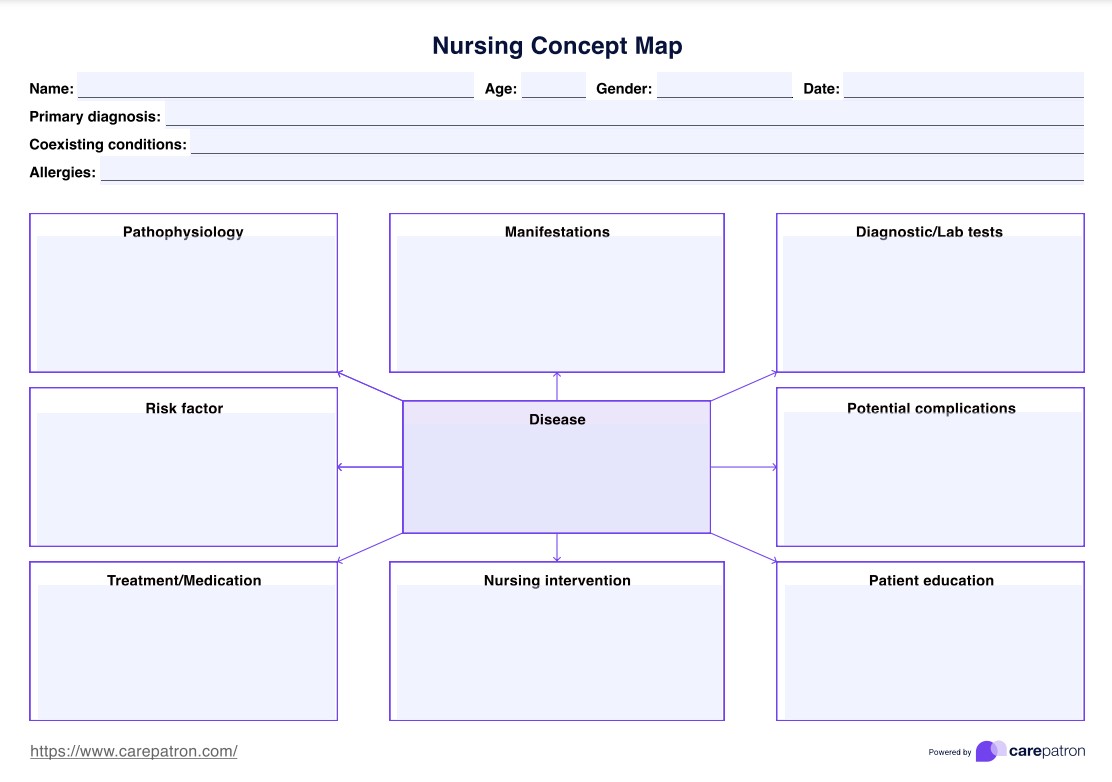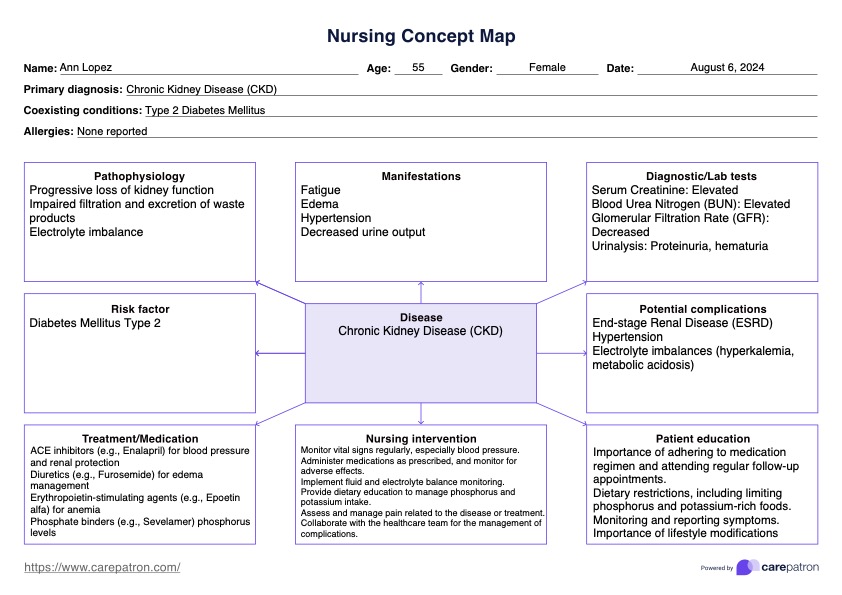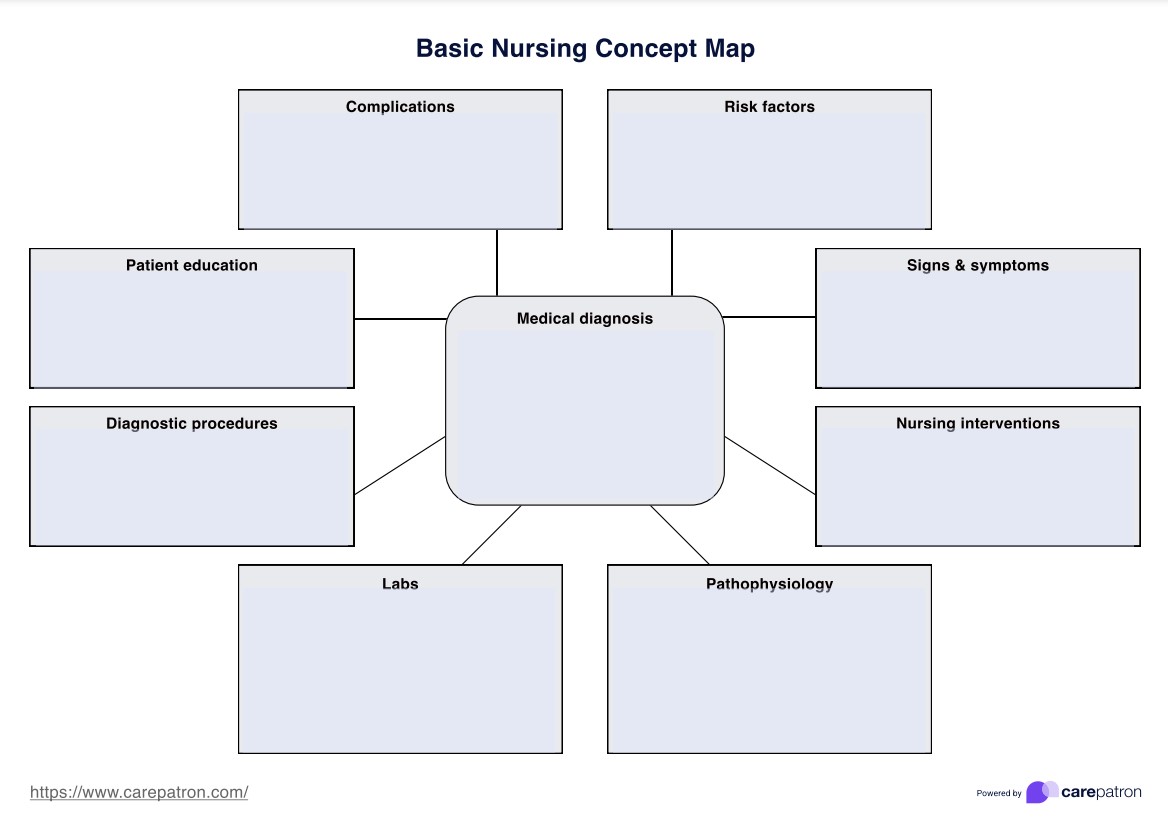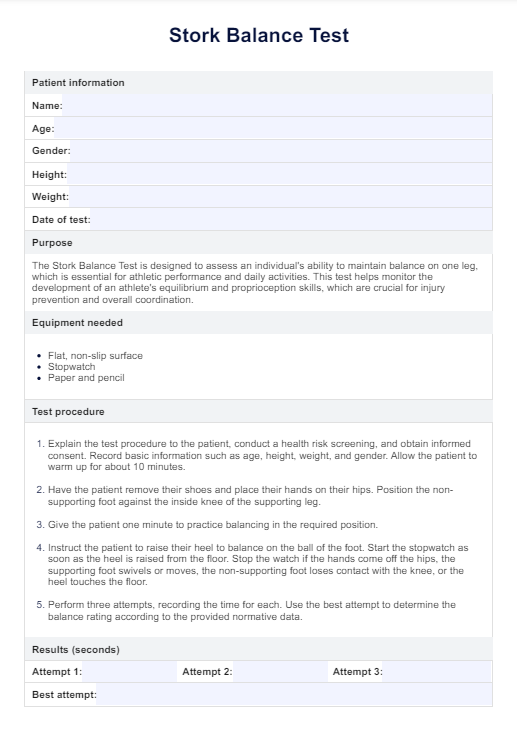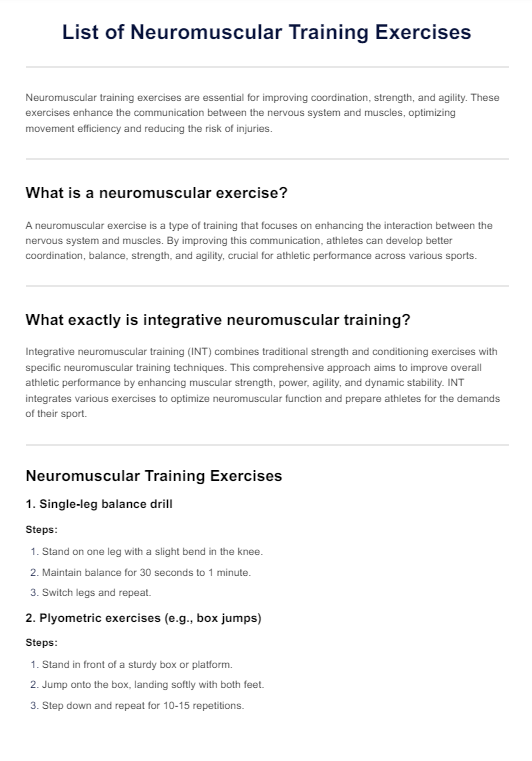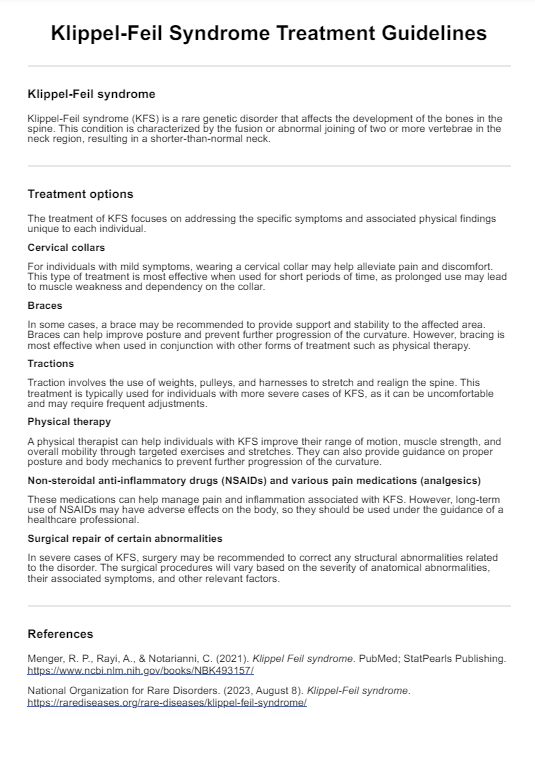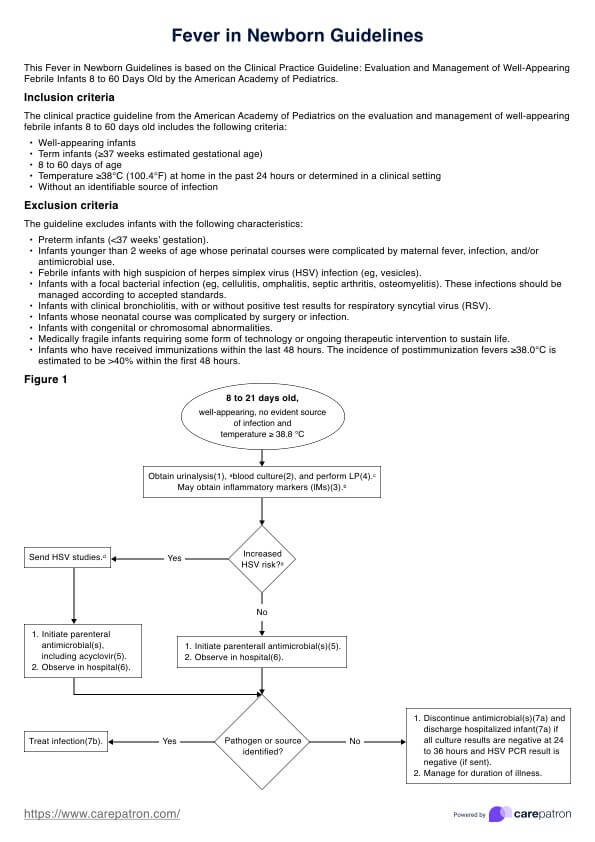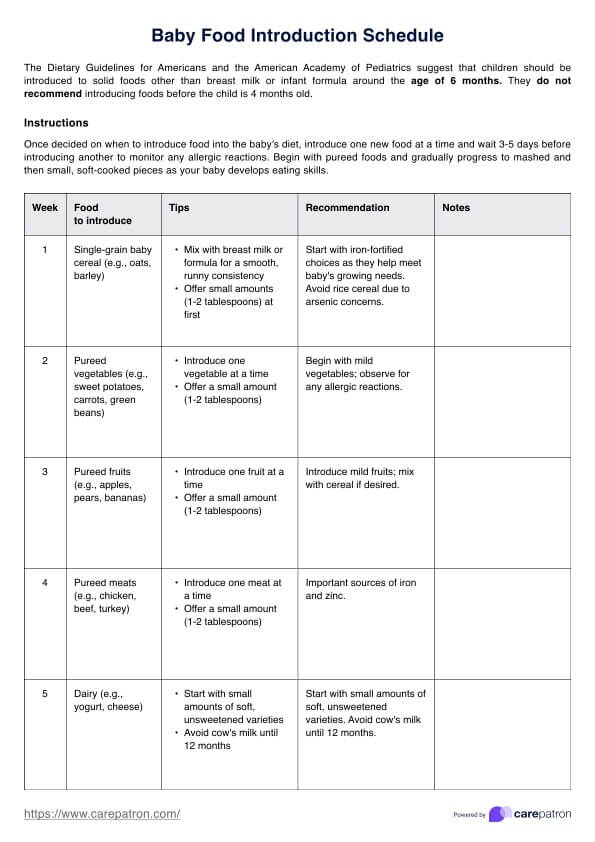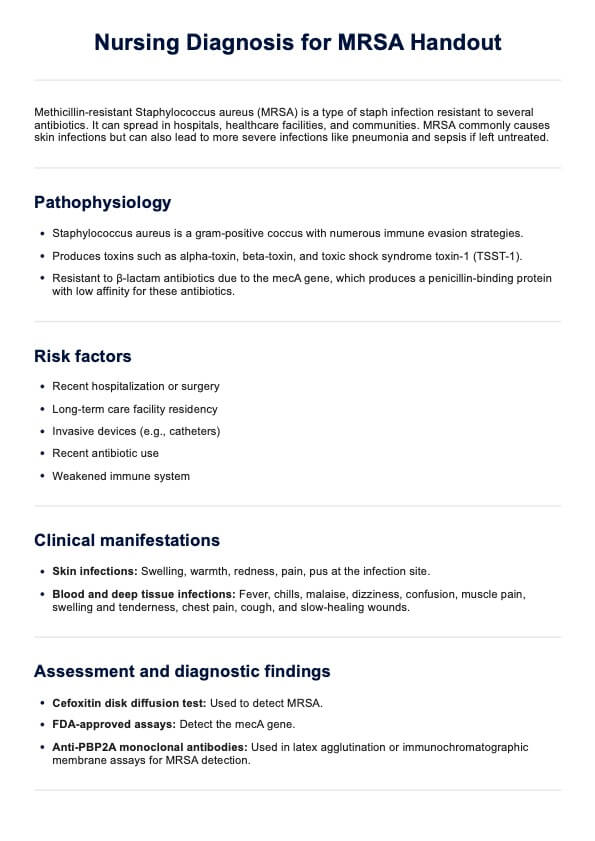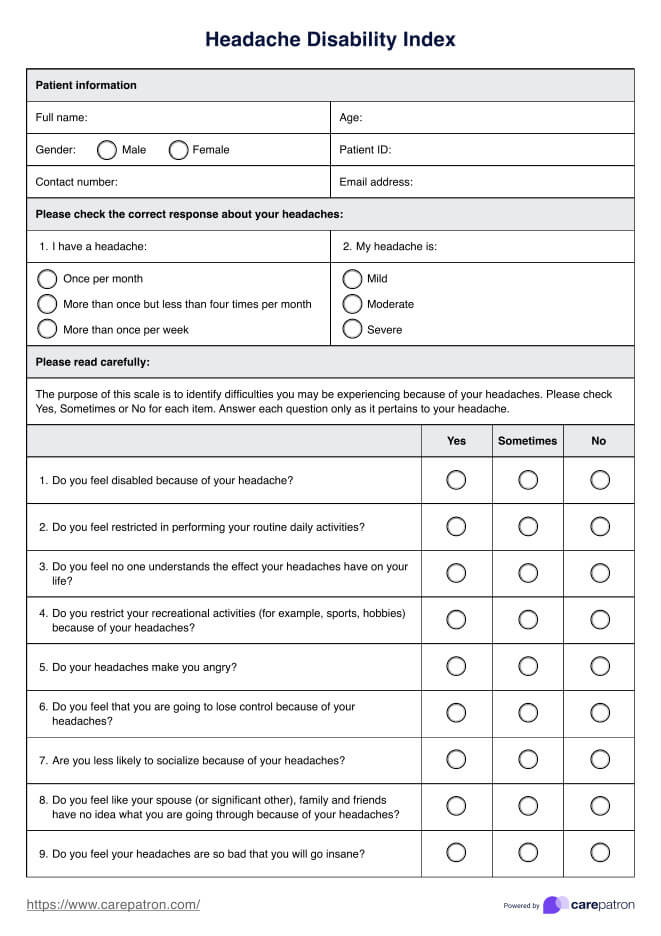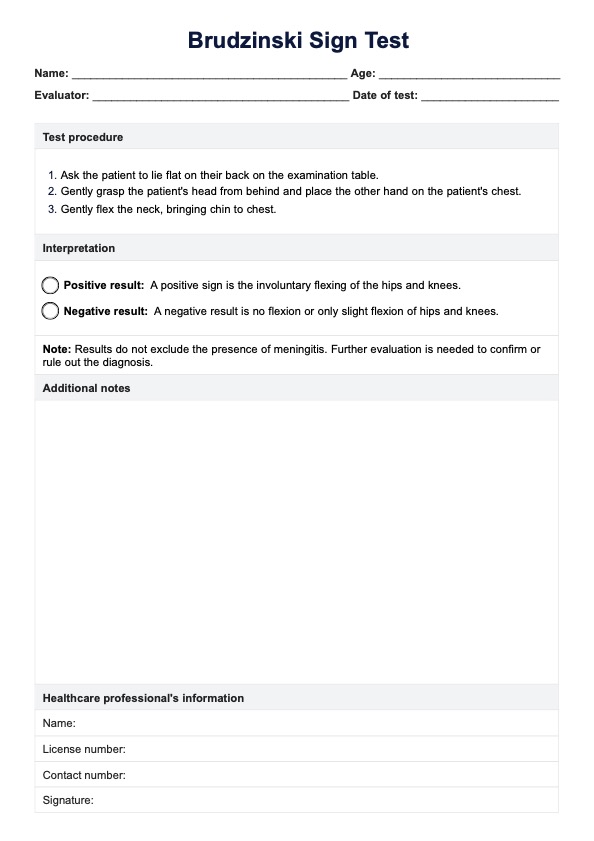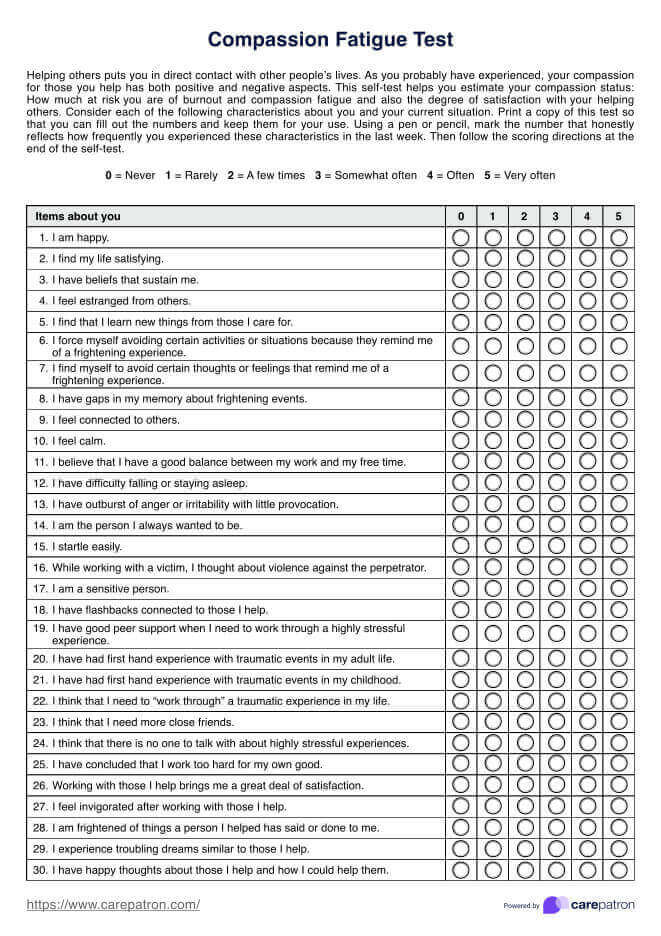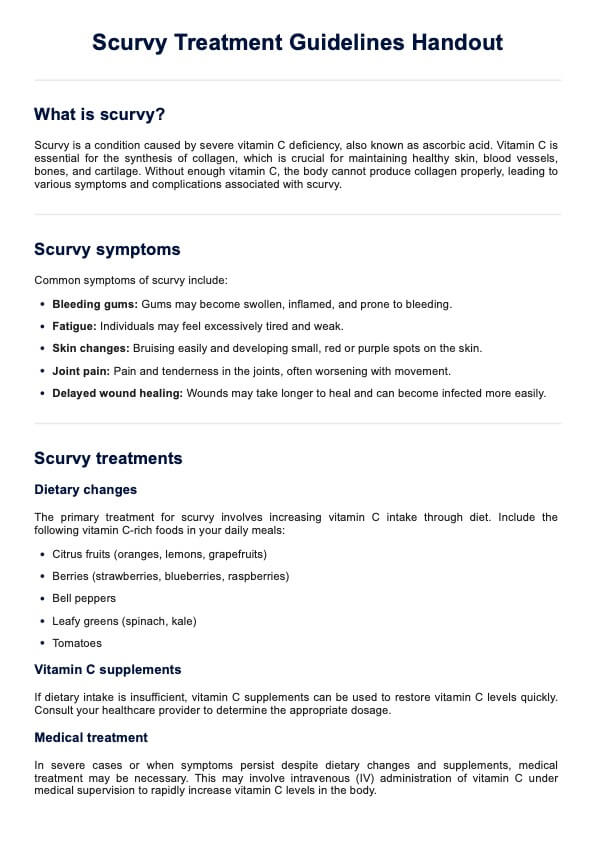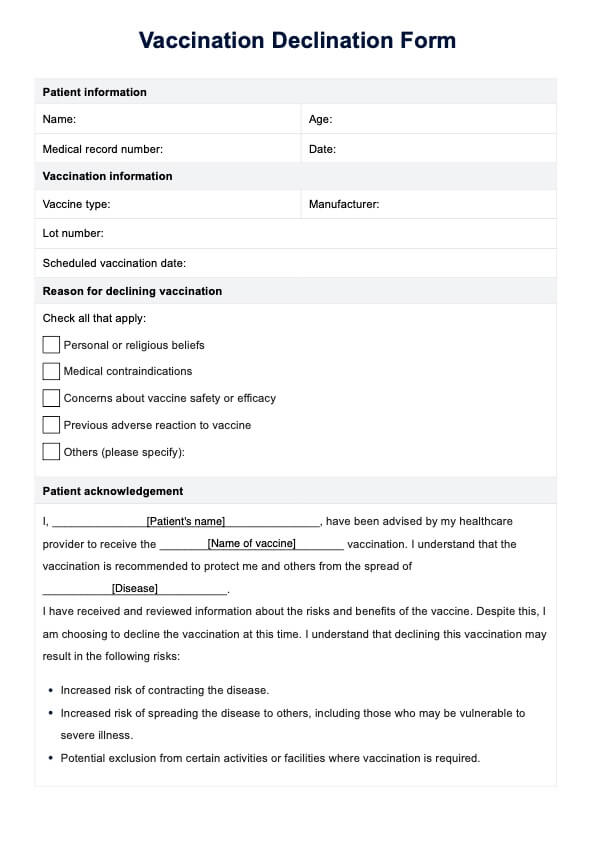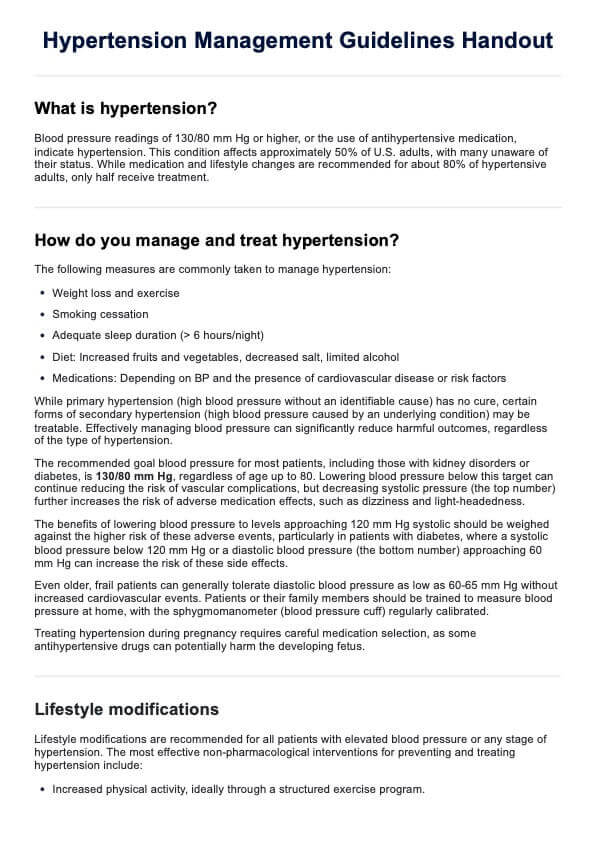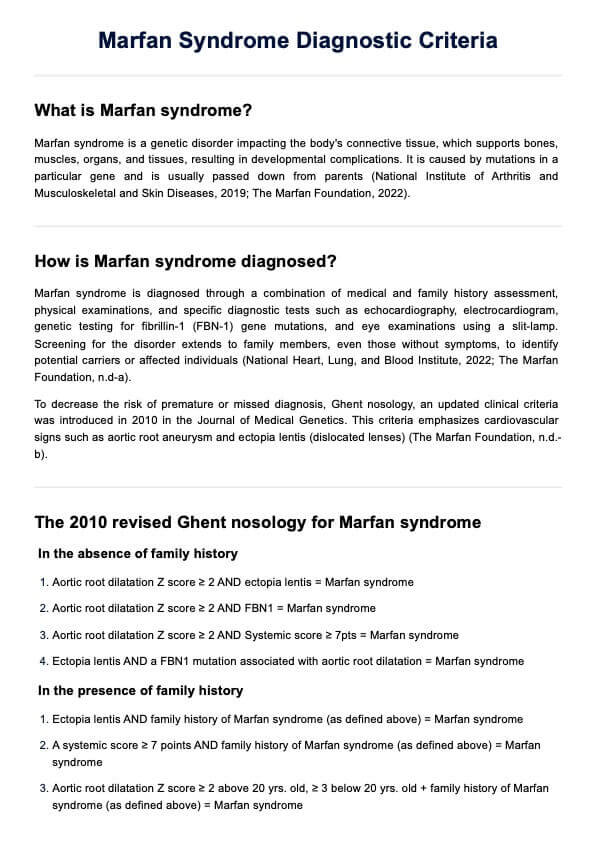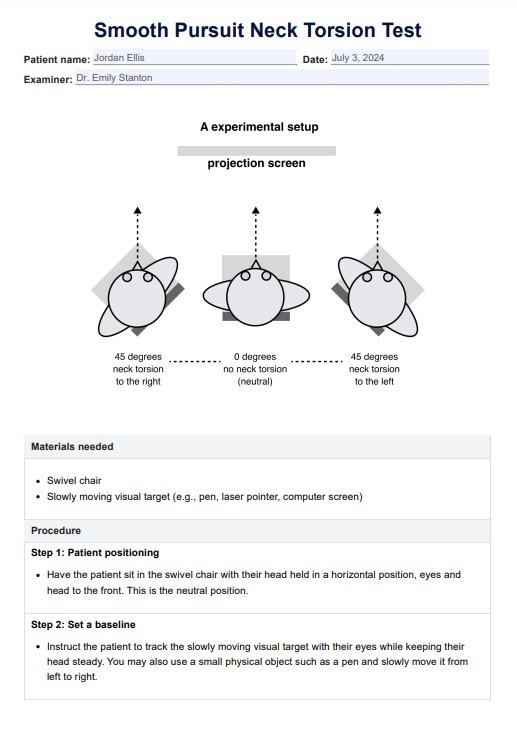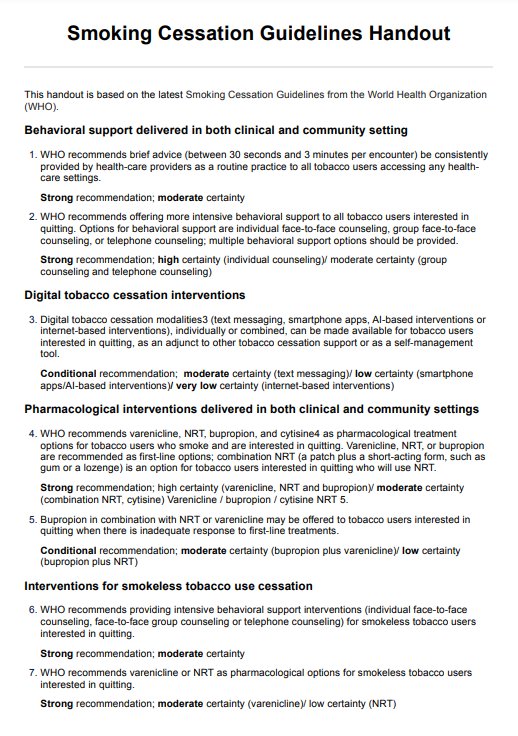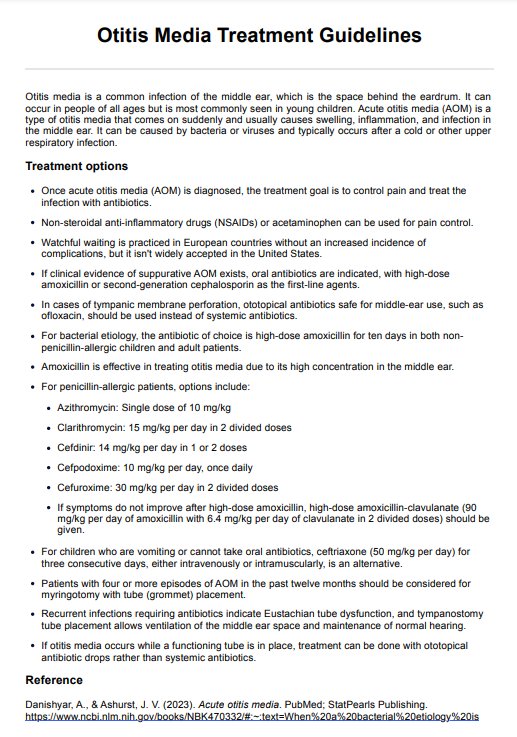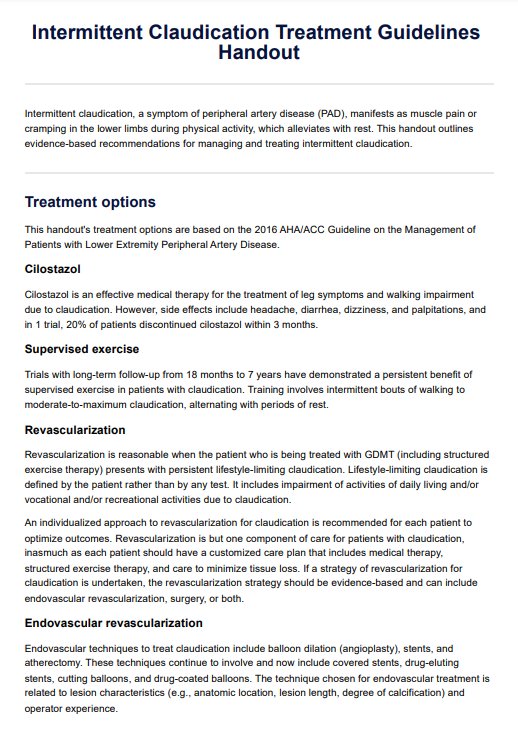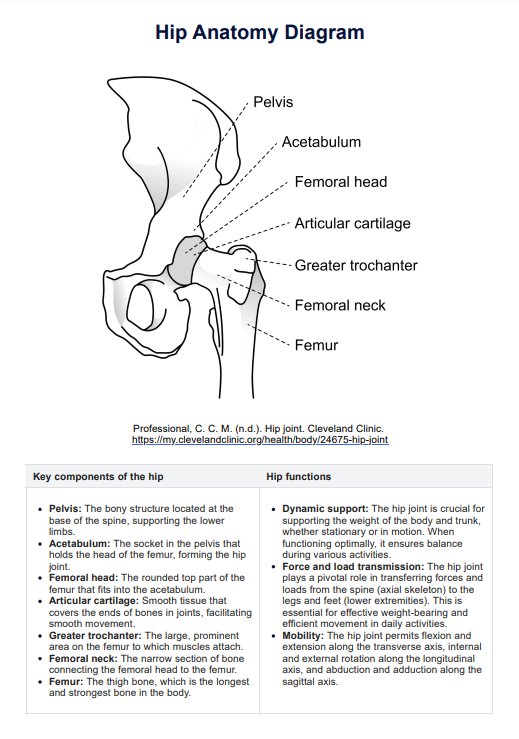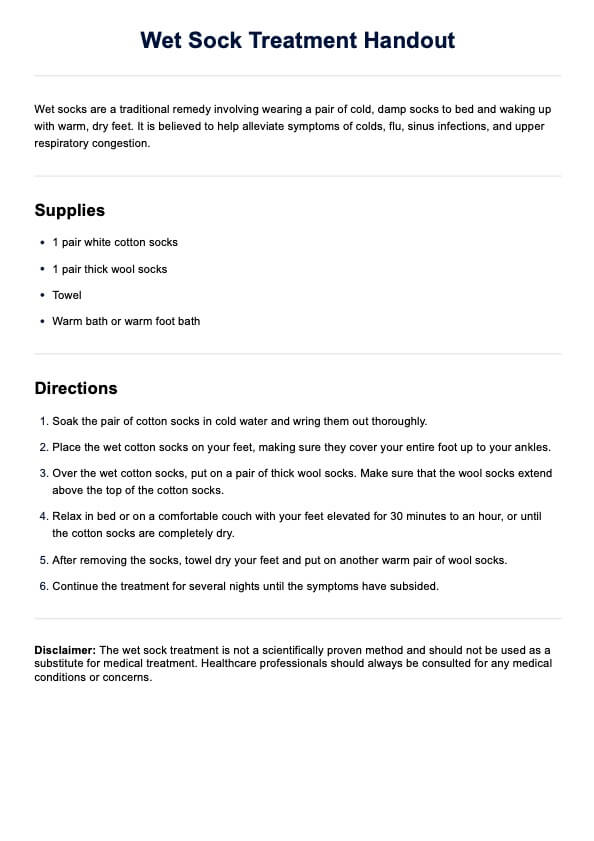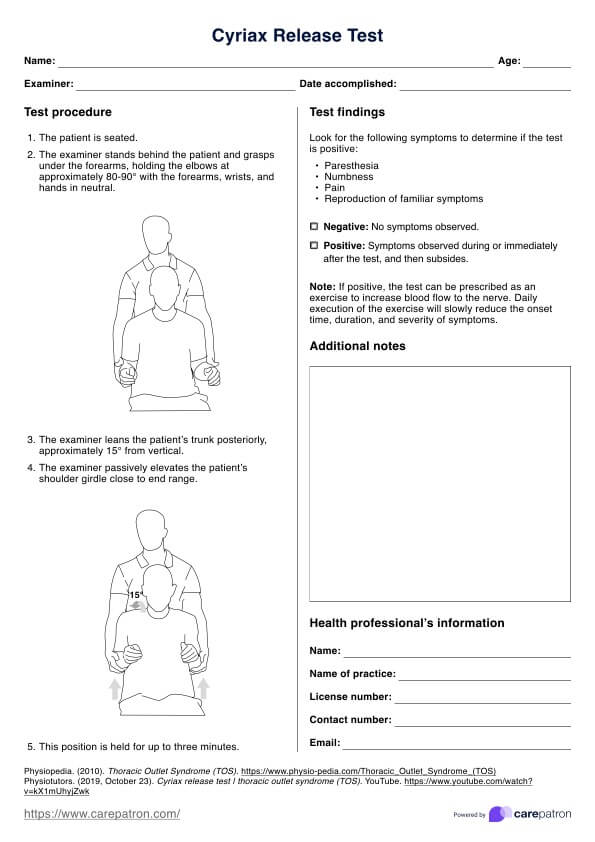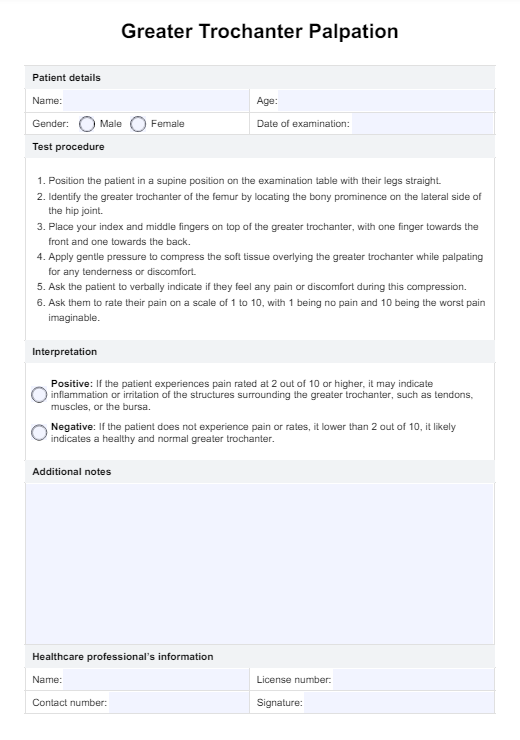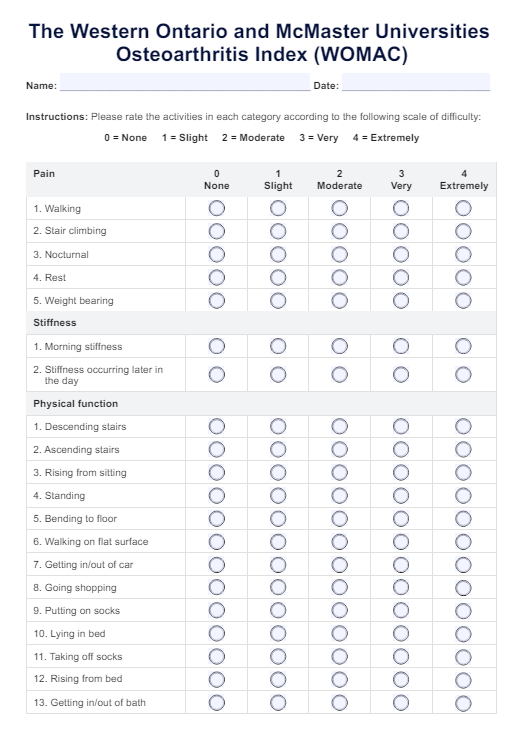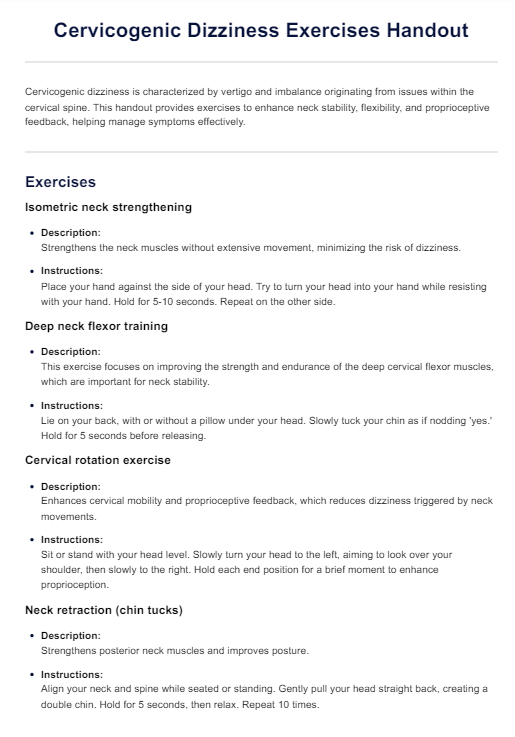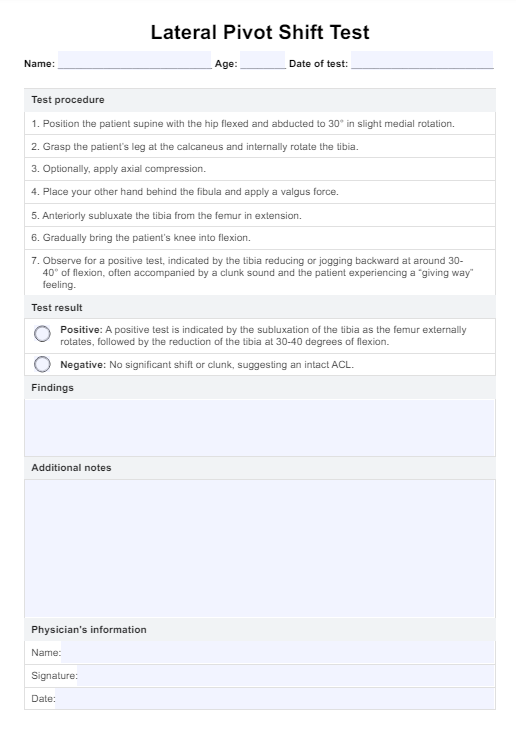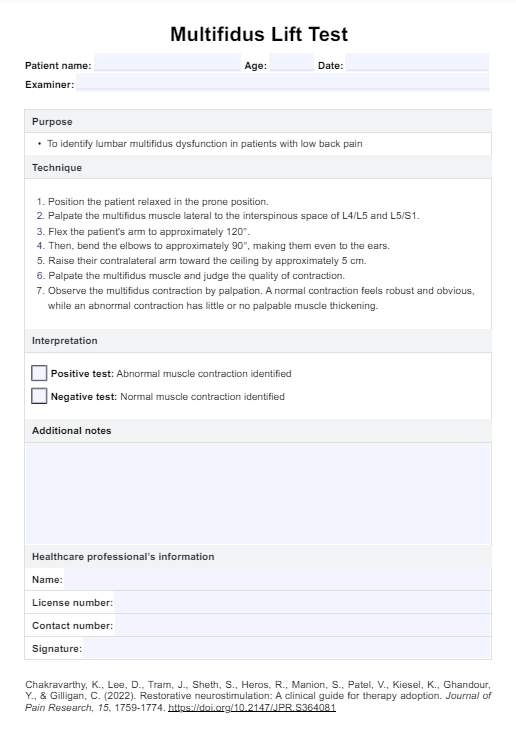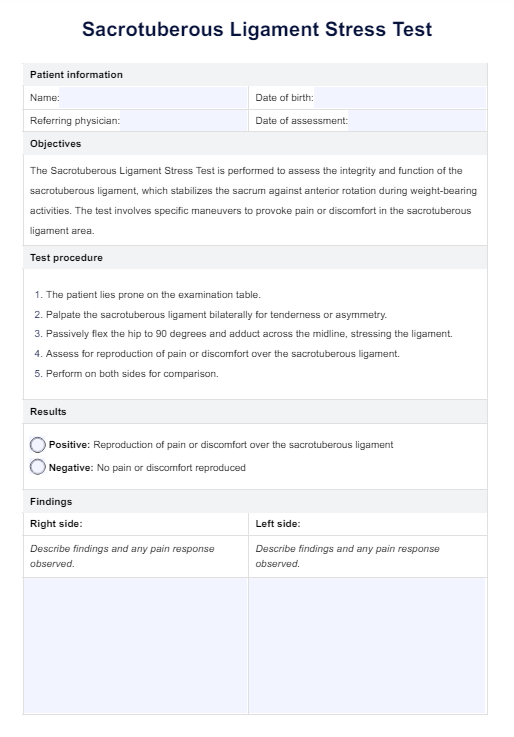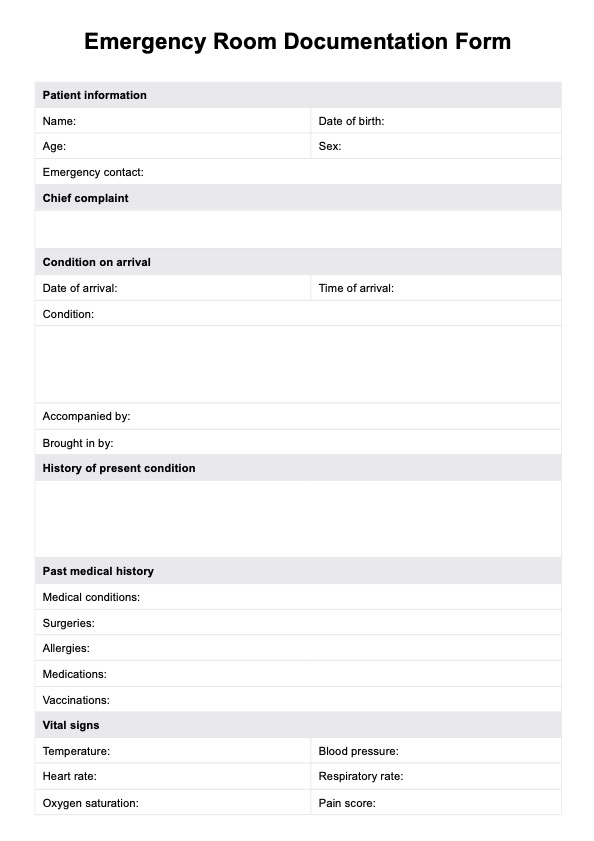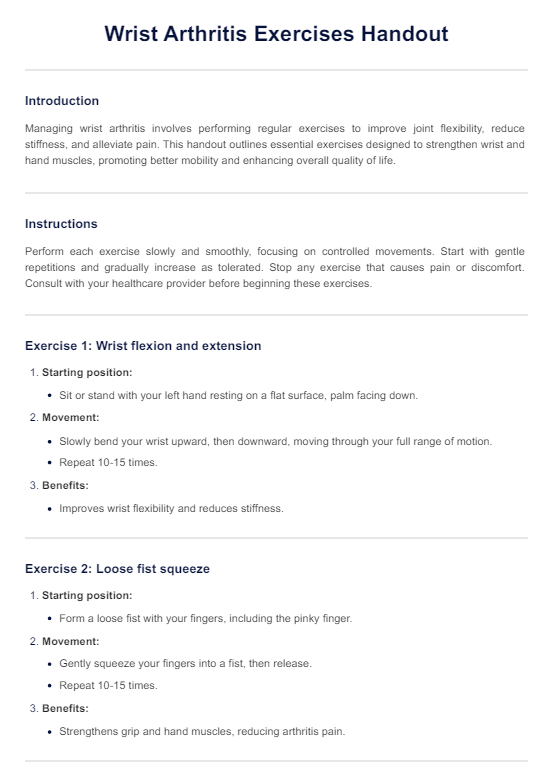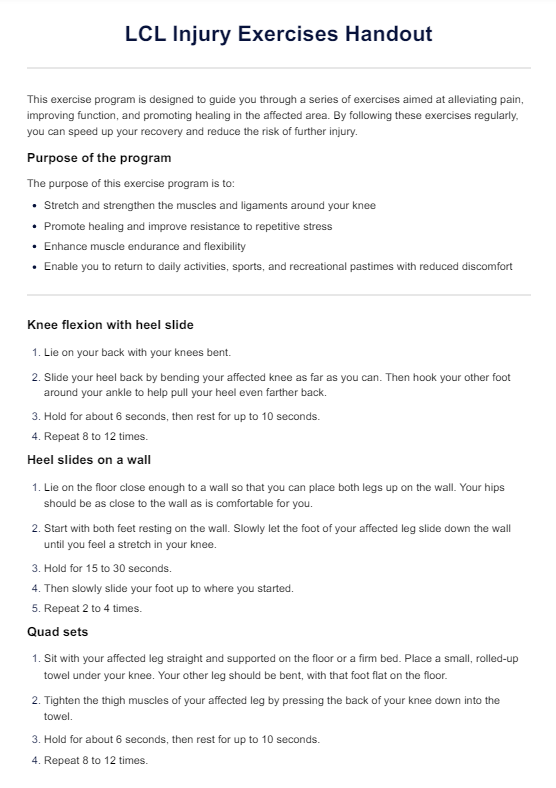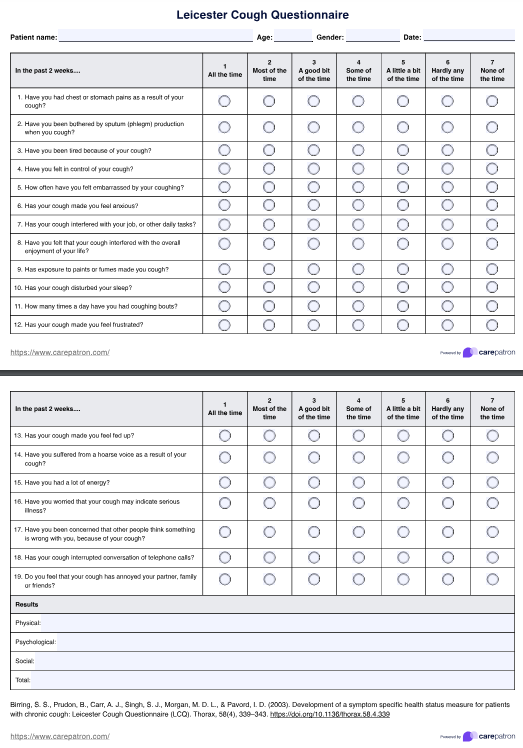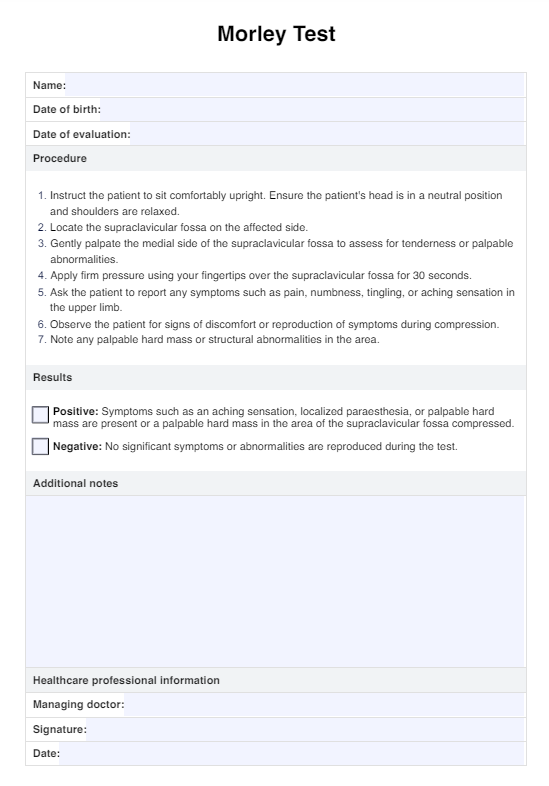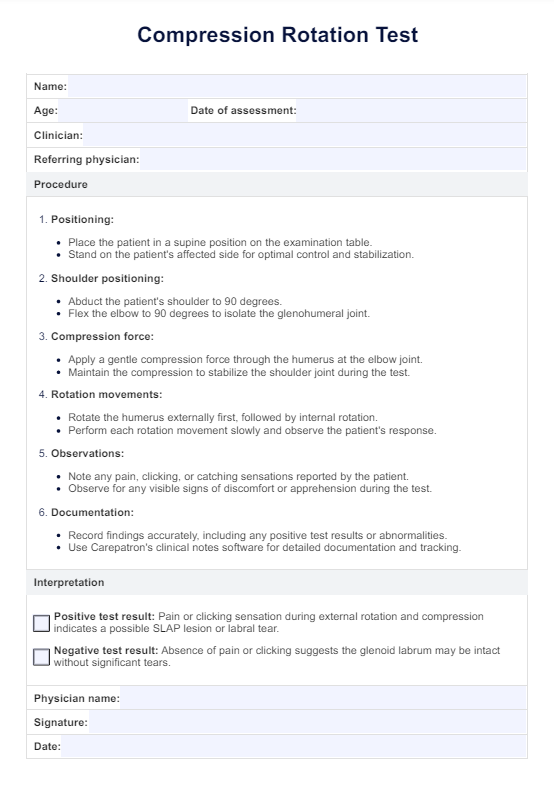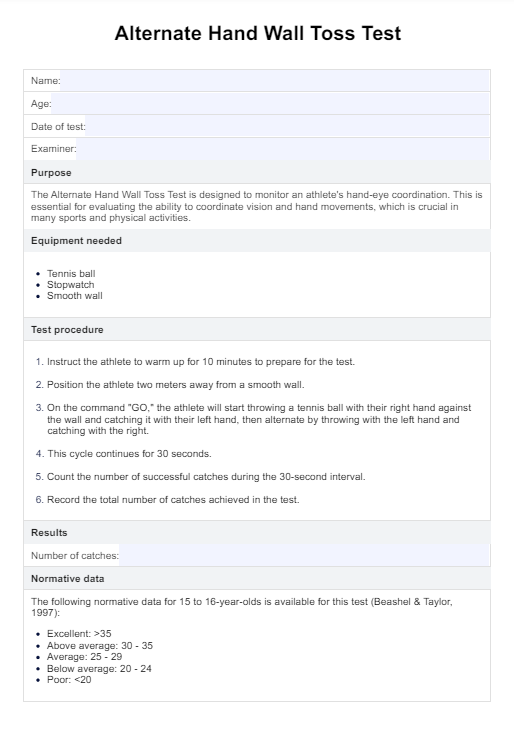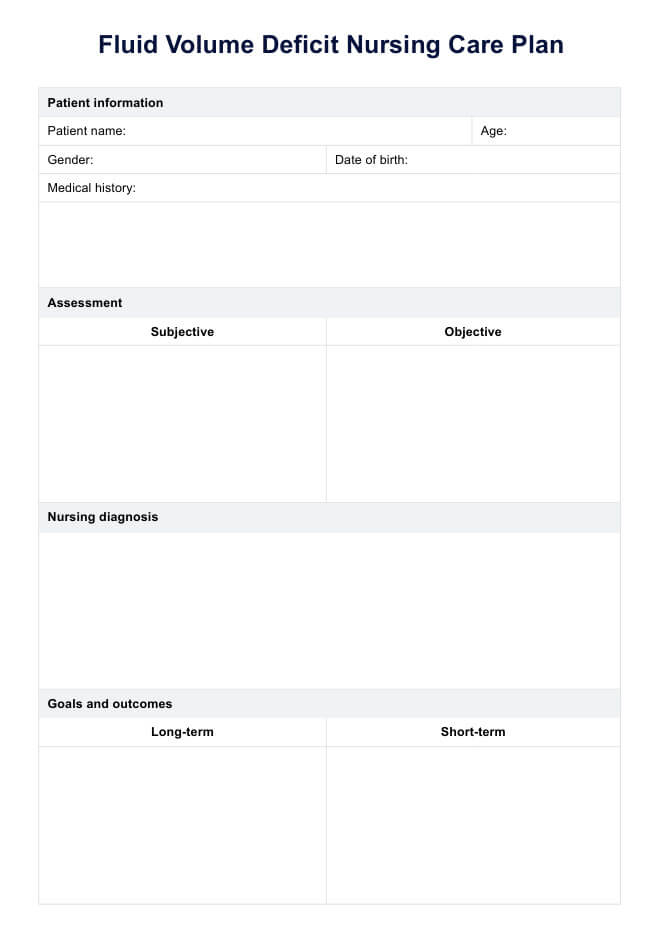Nursing Concept Map Template
Explore our Nursing Concept Map template. Organize information visually to streamline care planning. Download it for free now!


What is a Nursing Concept Map?
In patient care, every piece of information is interconnected and vital for the well-being of those under your watch, and understanding these intricate connections is crucial. Nursing Concept Maps are practical resources beyond traditional medical documentation, visually representing various nursing concepts and their relationships.
Nursing Concept Map templates help healthcare professionals like spider maps for healthcare, connect information in a way that's both comprehensive and accessible. These maps come in various forms, from spider-like structures capturing the complexity of medical diagnosis to flow charts to hierarchical maps organizing findings in a structured manner.
Consider a patient presenting with a medical diagnosis involving multiple care aspects. Nursing Concept Maps excel in breaking down these complexities, providing a clear visual representation of the relationships between various nursing concepts.
Nursing Concept Map Template
Nursing Concept Map Template Example
How to use this basic Nursing Concept Map?
Creating a Nursing Concept Map is a beneficial skill for healthcare professionals. It helps correct nursing diagnosis, establish relationships between various aspects of nursing care, and determine the most effective nursing care plan.
Here's a comprehensive guide to creating a basic nursing concept map:
Step 1: Download the template
Begin by downloading the Printable Nursing Concept Map template. You can save it on your device or print it to maximize assessment and learning.
Step 2: Identify patient problems
Gather relevant patient information, including demographics, medical history, and current health status. Utilize the template to document critical details such as the patient's name, age, gender, past medical history, and primary diagnosis.
Step 3: Understand the clinical setting
Familiarize yourself with the clinical setting and the patient's environment. This understanding will guide the concept map creation based on the specific needs and challenges in that setting.
Step 4: Establish a relationship
Use the template's concept map section to establish relationships between different elements. Begin with the central concept, representing the primary health issue, and branch out to related concepts such as symptoms, risk factors, and interventions.
Step 5: Determine interventions
Identify and document nursing interventions related to the patient's problems. Connect these interventions to the corresponding issues on the concept map, emphasizing the cause-and-effect relationships.
Step 6: Include medications
If applicable, incorporate medications into the concept map. Depict the relationships between prescribed medications and their intended effects on the patient's health.
Step 7: Integrate patient education
Dedicate a section of the concept map to patient education. Outline critical learning needs and link them to the relevant aspects.
Step 8: Address potential complications, diagnostic tests, and risk factors
Anticipate and plan for potential complications associated with the patient's condition. Incorporate relevant diagnostic tests and identify and address risk factors in the concept map.
Step 9: Regularly update the nursing concept map
As patient information evolves or treatment plans change, update the concept map accordingly. Regularly reviewing and updating the map ensures its accuracy and relevance to the patient's current status.
Step 10: Collaborate with the healthcare team
Share the concept map with other members of the healthcare team. Collaboration is essential for cultivating a holistic approach to nursing practice, fostering comprehensive patient care plans, and promoting seamless communication among team members.
When to use Nursing Concept Maps?
Preparing a Nursing Care Plan is similar to exploring a complex maze of interconnected health-related factors. Thus, Nursing Concept Maps are helpful in such cases, offering guidance and clarity. Their application is diverse and caters to various healthcare contexts, proving beneficial for seasoned practitioners and nursing students. Here's when they can be helpful:
- Patient care planning: Nursing Concept Maps are valuable when formulating comprehensive patient care plans for a complex health condition. They aid healthcare professionals in organizing and visualizing the relationships between symptoms, risk factors, and potential complications, allowing for a holistic approach.
- Teaching and education: These concept maps are powerful teaching tools for instructors and nursing students. Whether decoding the behavior response to a medical diagnosis or understanding specific concepts, concept mapping equips nursing students with a structured approach to patient care.
- Critical thinking and decision-making: Nursing Concept Map templates aid quick and informed decision-making in essential clinical practice situations, such as emergency care or when dealing with patients with multiple coexisting conditions.
- Exploring new medical diagnoses: When healthcare professionals encounter unfamiliar medical diagnoses or diseases, concept mapping becomes a tool for exploration. It assists in breaking down and understanding the disease processes, exploring potential complications, and planning suitable medication.
- Interdisciplinary communication: Nursing Concept Maps facilitate effective communication by providing a visual medium for sharing information and insights and fostering collaboration between nurses, physicians, therapists, and other healthcare providers.
Commonly asked questions
Nursing Concept Map templates are typically used by healthcare professionals, including nurses and nursing students, educators, and clinical instructors in nursing education, to organize and visualize patient information.
Nursing Concept Maps are valuable tools in the assessment phase. They aid healthcare professionals in organizing and visualizing critical information for formulating correct nursing diagnoses.
Completing a basic Nursing Concept Map template can have certain time requirements, but employing a structured template can streamline the process, transforming it into an efficient tool for organizing information and bolstering decision-making in patient care.


